- Learning time
- 30 minutes
- First play time
- 90 minutes
Torres
Designed by: Michael Kiesling,Wolfgang Kramer
In Torres the theme is knights, kings and castles, but really that conceit flies away when you open the box. What remains is an intriguing puzzle for players who like to out-think and out-manouevre each other.
The board shows a grid where the players will build, with a score-track around the edges. Each player is given a set of stackable castles, cards and knights of their own colour. On your turn, you have five action points to spend, which can be used in a variety of ways: You can move a knight around the board, add a new knight to play, add a tower, or pick up an action card. The choices you make will be dictated by how points are scored – during scoring, the knight that is highest position in a given castle picks up the points, so you’re trying to get your own knights into good point-scoring positions, whilst preventing your opponents from doing the same. And how the scoring is calculated can lead to some really crazy point swings at times: the highest knight in the castle will score the surface area of the castle multiplied by the amount of levels that castle has. As the board fills up, castles start to merge together and suddenly where there were three small castles there is now one enormous one, and your lowly knight is far from in control of it!
How the knights move is intriguing – they are very slow changing levels, but quite nippy running around on the same level they started on. Once you’ve played your five action points, play moves to the next player, but you may also play cards on your turn (these don’t cost an action) and don’t forget the King – he is also on the board, generating extra points for whoever is in control of the castle he’s visiting.
It’s dry, mathematical, and thematically barren, but if you like figuring stuff out in a game where you need to continuously react to the ever-changing board, you’ll really enjoy Torres.
The guru's verdict
-
Take That!
Take That!
Torres certainly has plenty of scope of Take That in it. Players will be trying to further their own plans whilst hampering each other. The best moves achieve both simultaneously.
-
Fidget Factor!
Fidget Factor!
It may be high on a first play, but when you know the game it plays fast 90% of the time. Every now and then somebody may have a dilemma over what their best move is, but much of the time play moves quickly.
-
Brain Burn!
Brain Burn!
Moderate. Even younger children who might struggle with the point-scoring can grasp the basic dynamic: get to the top of the castles, and bigger is better.
-
Again Again!
Again Again!
If you enjoy it Torres offers a lot of variety due to how the cards play. We also recommend that you graduate to choosing cards rather than assigning them randomly - this makes the game more even and allows for a bit of strategizing to go with the turn-by-turn tactics.

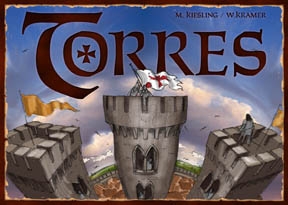
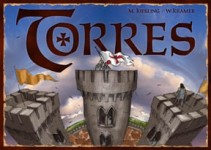
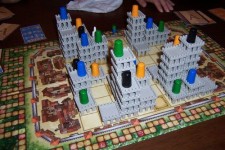

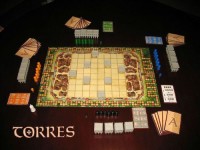
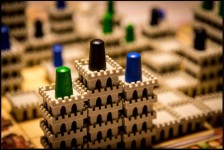


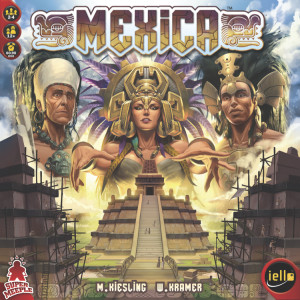
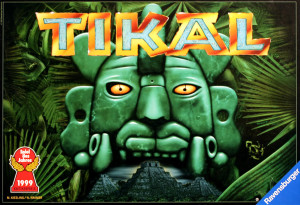
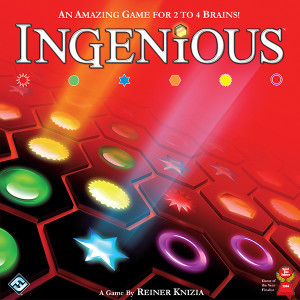
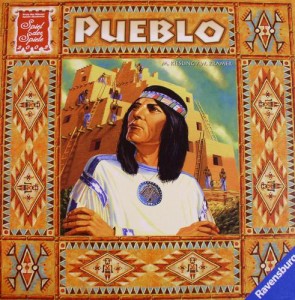
Sam says
I have only played Torres as a two-player game and have read arguments that Torres is at its best that way (least chaotic) and also at its worst that way (for the same reason, for lovers of chaos). Either way it's a very canny design and far more accessible - even to younger players - than its appearance suggests.